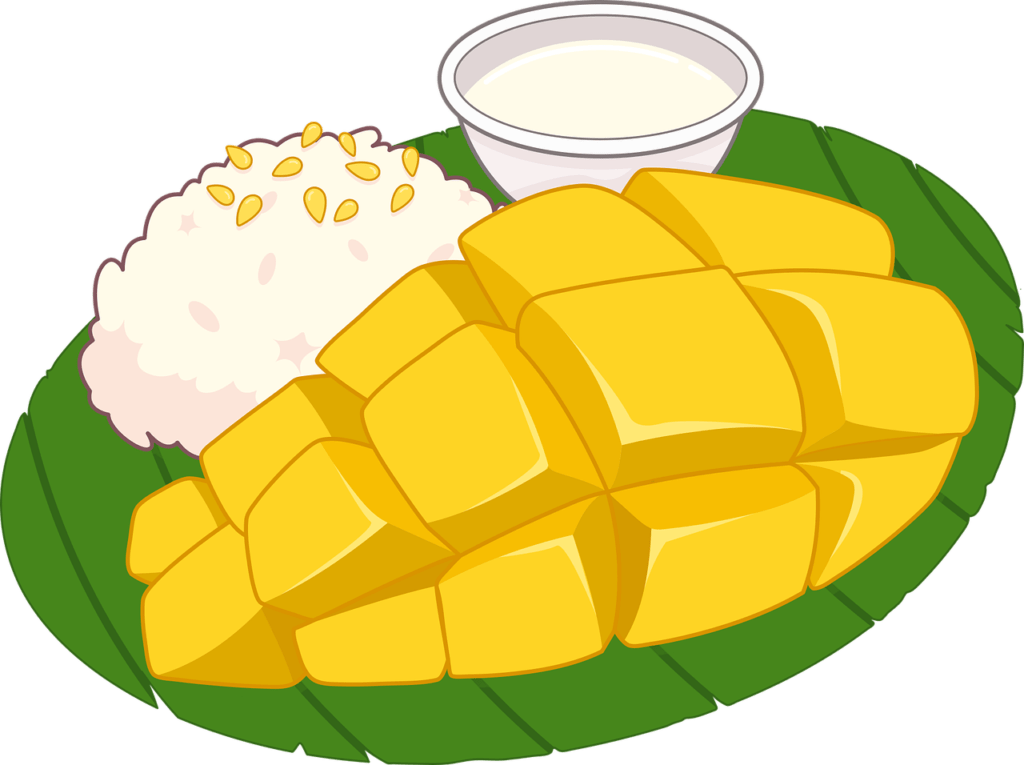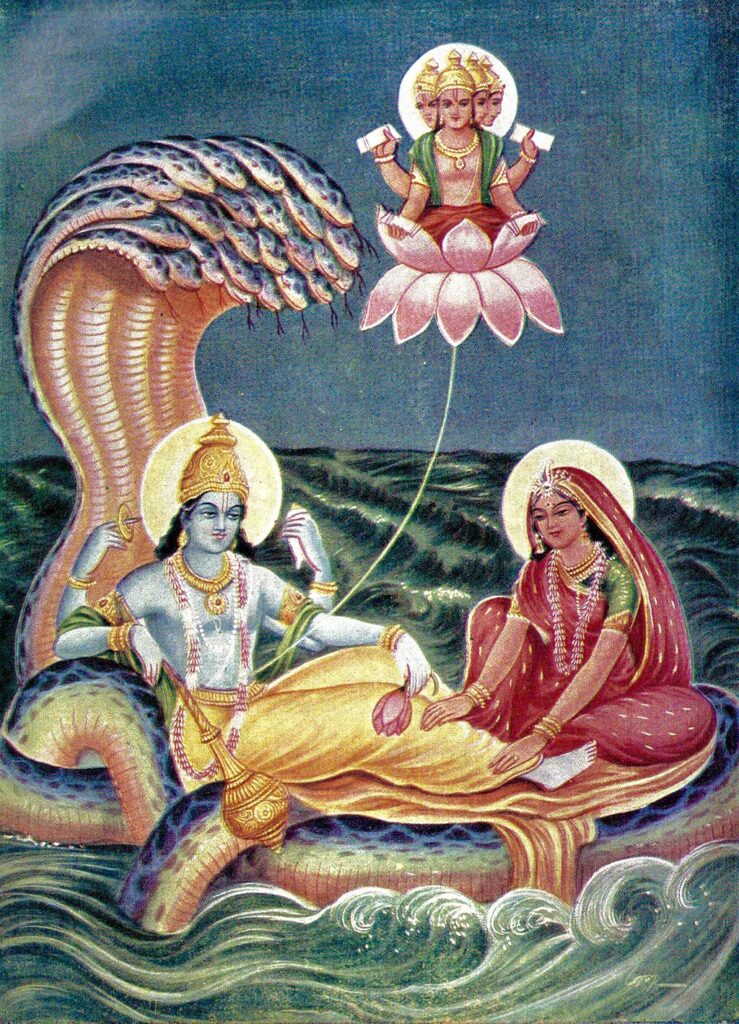
Ekadashi, also known as Haribasara, is the eleventh day of the moon cycle, occurring both from the Purnima (full moon) and the Amavasya (new moon). It holds significant importance as the day dedicated to Lord Hari and is widely celebrated as an auspicious occasion suitable for fasting. This observance is not restricted to any specific group and is recommended for people of all ages, from eight to eighty, according to scriptures. The primary objective of observing Ekadashi is to completely please Lord Hari with all one’s senses. In essence, individuals should strive to satisfy both Lord Hari and His devotees. The term “upavasa” or fasting signifies living nearby, and on the day of Ekadashi, one should distance oneself from all forms of sinful activities, forsake household chores, and sensual indulgence to be close to the divine presence of the Lord.
Prohibited Foods during Ekadashi
On Ekadashi, certain foods are forbidden, including food grains, cereals, and beans (pulses). While spices are allowed for cooking, it is important to avoid mustard seeds. Powdered asafoetida (hing) should not be used since it often contains grains.
Sesame seeds can only be used on Sat-tila Ekadashi and should be avoided on other Ekadashi days. Additionally, one must be cautious not to use any cooking ingredients that might be mixed with grains. For example, it is best to avoid ghee that has been used to fry puris or spices that have been touched with hands dusted with chapati flour.

On Ekadashi, it is essential to abstain from consuming these above food items, even if they are included in Vishnu-prasadam, an offering dedicated to Lord Vishnu. However, one can preserve and partake of such prasadam on the day after Ekadashi.
Mahabharata Udyoga Parva confirms the following –
astai tanyavrataghnani
apo mulam phalam payah
havir brahamana kamya ca
guror vacanam ausadham’
–
The following eight items do not break one’s Ekadashi vow: water, fruits, roots, milk, ghee, satisfying a Brahmin, following the instructions of a spiritual master, and taking medicine.
Levels of Ekadashi Observance: Fasting (Upavasa) Options for Spiritual Devotion
Ekadashi, the sacred day of fasting, offers various levels of observance to cater to individual circumstances and preferences. By choosing the appropriate level of fasting based on age, health, and lifestyle, one can fully participate in the spiritual significance of Ekadashi.
– The strictest way to observe Ekadashi is by undertaking a ‘nirjala’ fast, abstaining from both food and water.
– If a nirjala fast is not feasible, one can opt for a water-only fast.
– Another alternative is to consume a limited amount of fruit and milk during the fast.
– Non-grain foods like vegetables (excluding onion and garlic), roots, nuts, etc., can be taken once during the fast as another option.
– The least strict option is to consume the above non-grain items three times during the fast, similar to a regular day.
How to Observe Ekadashi : Chaitanya Mahaprabhu’s instructions on Ekadashi
On Ekadashi, it is advised to engage in spiritual activities like reflecting on Lord Krishna’s pastimes, chanting His names and glories, reading scriptures, and visiting Vishnu/Krishna temples to deepen your spiritual connection. We are citing the below passage described in Jagadananda pandita’s Prema Vivarta, that describes how Lord Chaitanya Mahaprabhu celebrated Ekadashi along with His associates at Jagannath Puri.
Lord Gaurahari spent Ekadashi day and night chanting Krishna’s holy name in Jagannatha Vallabha gardens. He instructed His companions on how to observe Ekadashi – avoiding sleep and food, chanting Krishna’s name, offering obeisances, and recounting Krishna’s pastimes. Overwhelmed with love, the devotees chanted “Govinda! Govinda!” Gopinatha Acharya, Tulasi Padicha, and Sarvabhauma Bhattacharya brought Mahaprasada from Gundicha temple, and on Lord Chaitanya’s order, they honored it the next day after the morning bath. They sought guidance on whether Mahaprasada can be taken on Ekadashi, seeking clarity on fasting rules from Lord Gauranga.

According to Lord Chaitanya, neglecting the Ekadashi vow poses a risk to one’s devotional life. He advised that instead of honoring (eating) Mahaprasada on Ekadashi, one should worship Mahaprasada on that day and consume it the following day, as Ekadashi always ends on the next day. On Ekadashi, devotees of the Supreme Lord find joy and satisfaction in relishing Krishna’s holy name while refraining from other indulgences and mundane discussions. Honoring Mahaprasada is a daily practice for Vaishnavas, who abstain from other foods and fast on Ekadashi, breaking the fast with Prasada the next day.
Lord Chaitanya urged Vaishnavas to understand that only non-grain Prasada is acceptable on Ekadashi, while non-devotees misuse Prasada to indulge in grains and rice, associating with sin. He emphasized respecting devotional science and the process of devotional service to receive the blessings of Bhakti devi. Observing the vows of Ekadashi and honoring Mahaprasada are not contradictory but complementary. Lord Krishna is the ultimate goal of all devotional practices, and devotees should sincerely follow all vows and practices that please Him.
On the auspicious day of Ekadashi, one should forego sleep and eating, and the following day, blissfully partake in Mahaprasada and other remnants of the Lord. The key is to earnestly observe each vow according to its time, place, rules, and manner.
Breaking the Ekadashi fast (upavasa)
The Ekadashi fast should be broken on the next day after sunrise. If you haven’t observed a nirjala fast (complete fast without water), you can break it by consuming grains. However, for those who have undertaken a nirjala fast, it can be broken with non-grain items like milk or fruits.
Importance of Ekadashi fasting – Scriptural references
Fasting on occasions like Ekadashi serves to reduce body fat, which otherwise leads to lethargy and inactivity. By utilizing more time for spiritual activities on Ekadashi, one can attain both external and internal purity. The true purpose of fasting on this day is to deepen one’s faith and love for Krishna. By minimizing bodily demands through fasting, devotees can devote their time to chanting the names, glories or engage in other forms of service to the Lord. This practice pleases the Supreme Lord Hari and facilitates progress in devotion. The Brahma-vaivarta Purana declares that fasting on Ekadashi frees one from sinful reactions and promotes a pious life. Similarly, the Padma Purana highlights the significance of observing Ekadashi, stating that even if followed through trickery, it absolves sins and easily leads one to the supreme goal – the abode of Vaikuntha.
ekadasyam samayantyam prapunantyam jagattrayam
sthatavyam annamasritya bhavata papa purusa
sansare yani papani tany eva Ekadashi dine
annam asritya tisthanti sriman narayana ajnaya
(Padma Purana)
–
Amongst all types of fasting in the three worlds, none can compare to the Ekadashi fast. Even if someone observes this fast without a perfect attitude, they still attain the Supreme Abode. The merits gained by a person who sincerely fasts on Ekadashi day with full devotion, by the mercy of the Supreme Lord, are beyond description. Such is the extraordinary significance and grace of observing Ekadashi.
eka dina matara pade kariya pranama
prabhu kahe, – mata, more deha eka dana
mata bale, – tai diba, ya tumi magibe
prabhu kahe, – Ekadashite anna na khaibe
(Chaitanya Charitamrita)
–
One day, Chaitanya Mahaprabhu bowed down at His mother’s feet and humbly requested, “Mother, grant me one wish.” His mother lovingly replied, “I shall fulfill whatever you desire.” Prabhu then said, “On Ekadashi, kindly refrain from consuming any grains.”
Story of Ekadashi
In the fourteenth chapter of the Padma Purana’s “Kriya-sagara-sara,” we find many devoted seekers who are intensely curious about the appearance and special attributes of Sri Ekadashi. We shall present a description from that chapter to shed light on this topic.
The great sage Jaimini Rsi, filled with enthusiasm, approaches his spiritual master Srila Vyasadeva and respectfully addresses him as Gurudeva. He reminds Vyasadeva of the past narrations, in which the sage described the glories of the Ganga River, the benefits of worshiping Lord Vishnu, the merits of giving grains and water in charity, and the magnanimity of drinking water that has washed the feet of brahmanas. Having relished those teachings, Jaimini now desires to learn about the significance of fasting on Ekadashi and the story behind its manifestation.

Jaimini asks a series of questions with deep eagerness: When and how was Ekadashi born? What are the regulations for fasting on this sacred day? What rewards are bestowed upon those who faithfully observe this vow, and when should one observe Ekadashi? He also seeks knowledge about the presiding deity of Ekadashi and the consequences of not adhering to the Ekadashi observance properly. Jaimini appeals to Vyasadeva’s profound wisdom and mercy to illuminate these subjects.
Srila Vyasadeva, upon hearing these earnest inquiries from Jaimini Rsi, experiences a surge of transcendental bliss. He addresses Jaimini, acknowledging that the results of observing Ekadashi are beyond the capacity of ordinary description. Only the Supreme Lord, Narayana, possesses the ability to fully expound on the glorious effects of following Ekadashi.
However, Vyasadeva compassionately decides to provide a condensed explanation in response to Jaimini’s yearning. He begins with the creation of the material universe, wherein the Supreme Lord manifests both moving and non-moving living entities. Simultaneously, to punish wrongdoers, the Lord creates a formidable personality called sin (Papapurusha), whose grotesque form embodies various sinful activities. This Papapurusha’s existence serves as a means to inflict suffering upon those engaged in dishonest and sinful deeds.
Recognizing the need for control over this embodiment of sin, Lord Vishnu creates Yamaraj, the god of death, and the various hellish planetary systems. Yamaraj is tasked with punishing sinful souls, who, based on their actions, are sent to different regions of suffering in the afterlife.

However, witnessing the intense anguish of the sinful beings, Lord Vishnu feels immense compassion for them. He contemplates the situation and resolves to create a force that can counter the influence of Papapurusha. Therefore He manifested from His own form the deity of Ekadashi.
As devotees start observing Ekadashi by fasting, they experience rapid elevation and liberation from the cycle of birth and death. They attain the sublime abode of Vaikuntha, the divine realm of Lord Vishnu. Ekadashi is, therefore, the embodiment of Vishnu Himself and the Supersoul residing in the hearts of all living beings. It holds the utmost significance among all vows, being the pinnacle of pious activities.
Recognizing the potency of Ekadashi, Papapurusha, in a state of doubt, approaches Lord Vishnu with heartfelt prayers. Papapurusha, represents the embodiment of sin and acknowledges that he was created by the Supreme Lord to inflict distress upon sinful beings. However, due to the influence of Sri Ekadashi, Papapurusha is now on the verge of destruction. Worried that the liberation of all living entities will result in the cessation of the Lord’s pastimes in the earthly realm, he implores Lord Keshava to save him from the fear of Ekadashi. He expresses his inability to escape from the fear of Ekadashi, seeking a safe haven from this sacred day’s effects. He humbly requests the Lord’s merciful guidance to find a place where he can reside without fear. Pleased with Papapurusha’s offerings, Vishnu grants him a boon. Vishnu assures Papapurusha that on the day of Ekadashi, taking shelter in grains will no longer obstruct him.
Vyasadeva then continues to emphasize the importance of observing Ekadashi meticulously. Devotees who sincerely abstain from grains on Ekadashi are absolved of their sins and are saved from the tortures of hellish realms. Neglecting Ekadashi due to illusion or misunderstanding is considered a grave offense. Refraining from eating grains on this sacred day is a pivotal step toward spiritual progress and attaining perfection in one’s varna (social position) and ashram (spiritual stage).
In conclusion, Srila Vyasadeva proclaims that observing Ekadashi is a powerful and profound practice that bestows immeasurable spiritual rewards. By faithfully following this sacred vow, aspirants can journey towards the ultimate destination – the divine abode of Vaikuntha, the realm of eternal bliss in the association of Lord Vishnu.